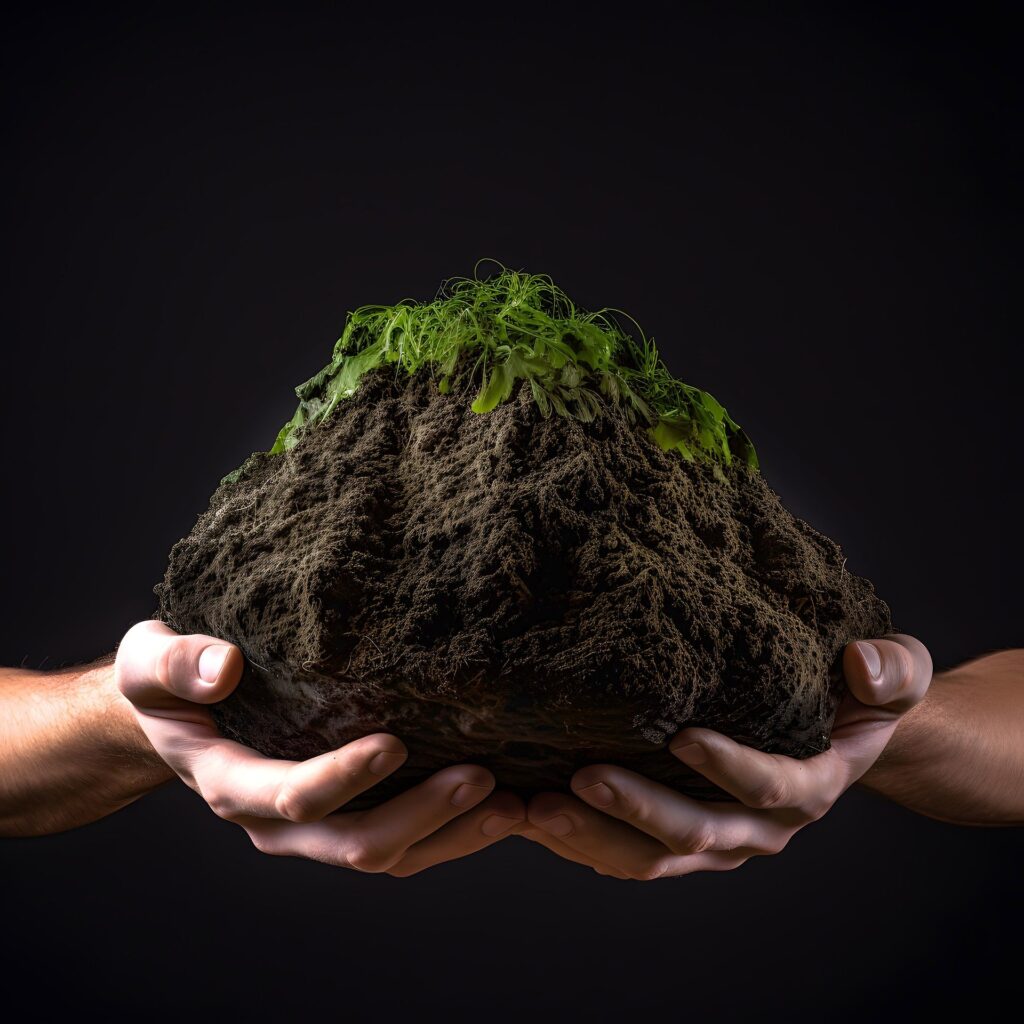Author: ITENE
The analysis of compostability and recyclability is one of the services that are offered by the Bionanopolys team. For a sustainable approach it is important to characterize materials in terms of their biodegradation, disintegration behaviour and their compost quality.
Let’s ask Jordi Palau and Hector Torres from ITENE, who are our experts in this field:
What does „compostability“ mean?
What is compostability? It is the property of raw materials or products to be recovered organically through an aerobic process such as composting. It should be noted that composting is one of the 3 ways established by directive 852 to achieve the 2030 objectives in which all packaging must be reusable, recyclable or compostable.
How is compostability of bionanomaterials characterized?
EN 13432 is the European reference standard for requirements for packaging recoverable through composting and biodegradation. For a product to be considered compostable it has to pass 4 tests: characterization, biodegradation, disintegration and final quality of the compost. Characterization assesses whether it is an organic product and what levels of heavy metals it contains. Biodegradability determines the ability of micro-organisms to use the organic carbon in the sample to respire and grow. The disintegration stage looks at how the material breaks down to pieces smaller than 2 mm. Finally, the final quality of the compost assesses the toxic effects on terrestrial plants.
Why is this an important aspect in the holistic approach of Bionanopolys?
When the biopolymers are composted at their end of life, they return to the value chain as composts and fertilizers for crops and plant growth. This not only reduces plastic waste pollution but also closes the supply chain to achieve a sustainable and green circular economy.

